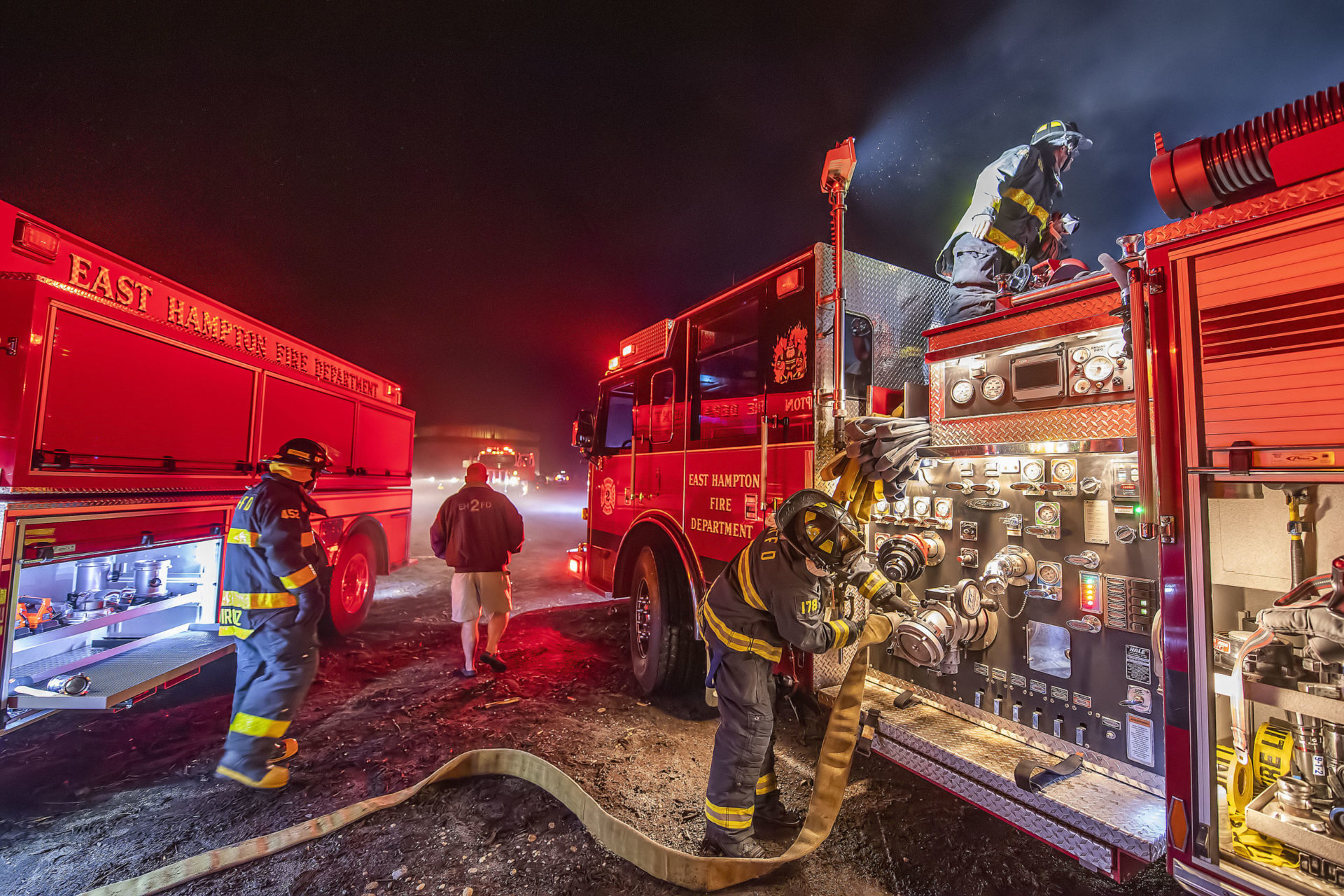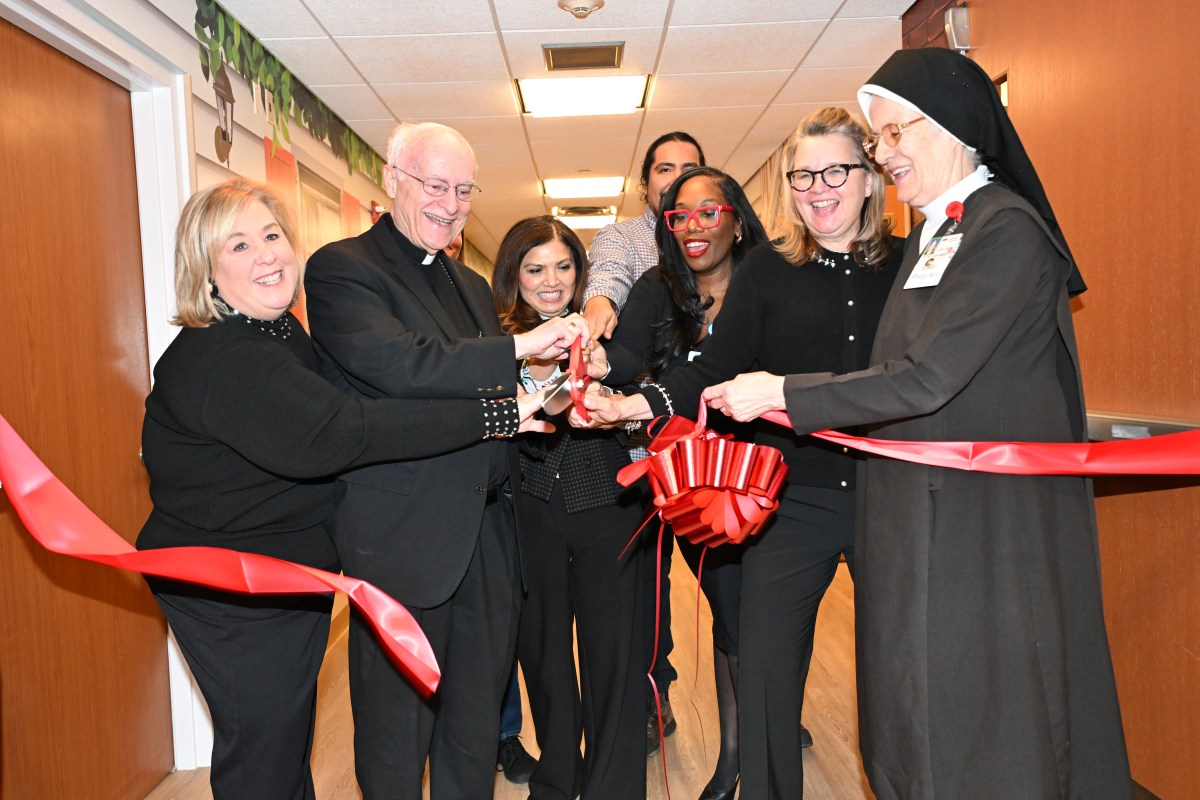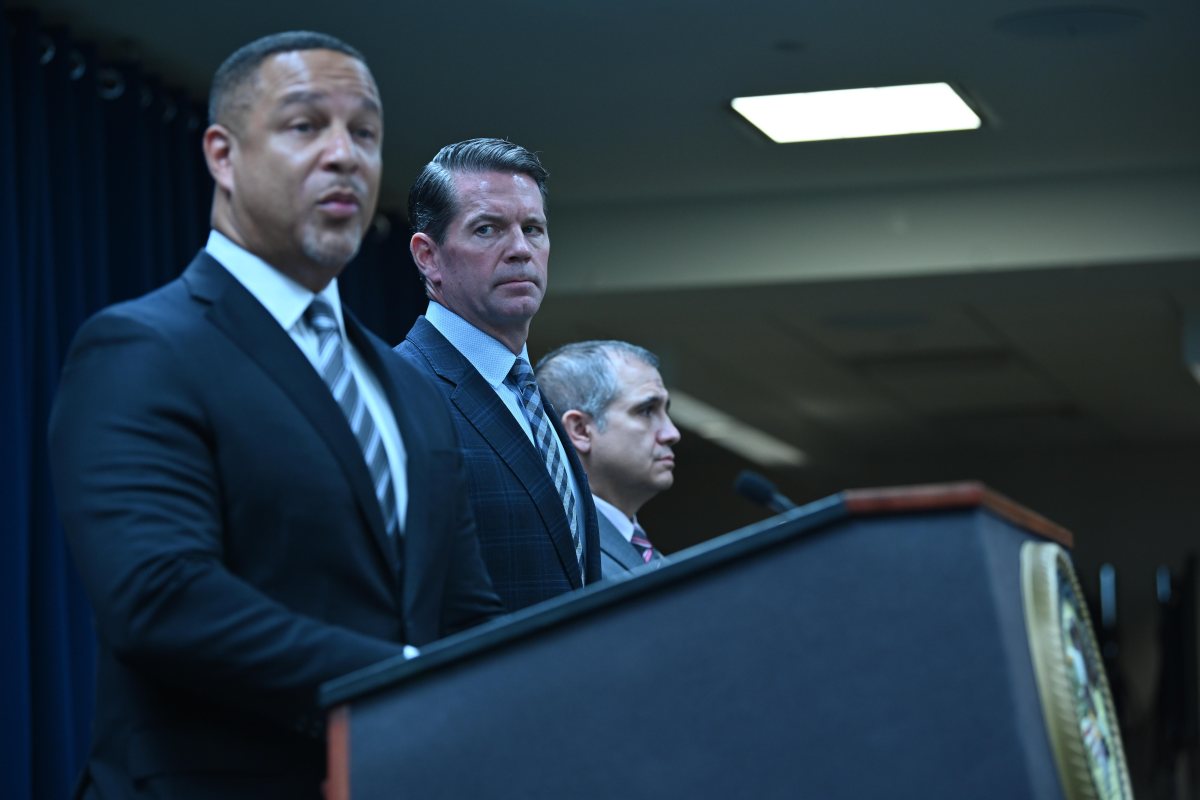Charging Changes: East Hampton Battery Facility Fire Sparks Proposed State Reforms

A lithium-ion battery storage facility fire in East Hampton last year ignited New York State officials to recommend enhancing safety standards for such facilities, updating the fire code and establishing best practices.
The 15 recommendations that the state’s Inter-Agency Fire Safety Working Group — formed in response to the fire and two others like it statewide last summer — issued on February 6 focus on grid-scale battery energy storage systems (BESS) with capacity of more than 600 kilowatt-hours (kWh). The New York State Code Council will consider the recommendations in the next edition of the state fire code as the state increasingly relies on such facilities to help transition away from fossil fuels.
“Adopting the working group’s recommendations will ensure New York’s clean energy transition is done safely and responsibly,” Gov. Kathy Hochul said. “It is critical that we have comprehensive safety standards in place.”
Lithium battery storage systems, which are used to store electricity generated by solar and wind producers, are part of the state’s plan to promote clean energy. But on the East End, where Long Island Power Authority customers recently began using electricity generated by the first several of 12 offshore South Fork Wind turbines to go online, localities such as the towns of Southampton and Southold have recently enacted moratoriums on the construction of BESS facilities amid the continuing debate over their safety.
“As a home rule state, each town has the authority to implement its own codes specific to its jurisdiction regarding construction,” said Pat Beckley, the commissioner of the Suffolk County Department of Fire, Rescue and Emergency Services (FRES). “A town cannot lower a standard code for construction but they may go above the state standard.”
Beckley said the agency sees this issue as a statewide problem. The working group’s recommendations came two months after issuing a report on the May 31 fire at the 5-megawatt facility in East Hampton and two others in upstate New York. The report found no harmful levels of toxins detected following the fires, which resulted in no injuries. East Hampton fire officials helped with the investigation that went into that report, which also drew on on-site soil sampling results from the East Hampton site relayed to the Working Group by a project developer.

“With the assistance of the East Hampton Fire Department and the chairman for the FRES Commission, Suffolk County FRES have provided the New York State Office of Fire Prevention and Control with a detailed report on what transpired during the incident in East Hampton,” Beckley said. “As the lead agency for overseeing fire safety in the state, they are compiling data from throughout the state to make any changes needed in construction concerning lithium battery storage facilities and statewide code thereby protecting not only Suffolk County first responders, but also first responders throughout the state.”
The East Hampton-fire inspired working group includes officials from the state Division of Homeland Security and Emergency Services, state Office of Fire Prevention and Control, state Energy Research and Development Authority (NYSERDA), state Department of Environmental Conservation, Department of Public Service and the Department of State, in addition to national BESS safety experts.
Recommendations in its 12-page report included requiring industry-funded independent peer reviews for all projects during the permitting process, removing the exemption for fire code compliance for BESS facilities owned and operated by electrical utilities, requiring closed-circuit television systems to enable continuous monitoring of such facilities, ensuring that battery management system data is monitored by a 24/7-staffed network operations center and expanding the requirement for “explosion control” to include BESS cabinets, in addition to rooms, areas and walk-in units.
“A primary concern associated with lithium-ion BESS is the potential for explosion or deflagration due to accumulation of flammable off-gasses within a confined space, such as a battery enclosure,” the report states.
The recommendations also questioned whether water was the best option for firefighters trying to extinguish lithium-ion battery fires and suggested further study of that issue. That is because of the extremely high temperature at which lithium-ion battery fires burn.
“These proposed recommendations put forth by the governor’s Inter-Agency Working Group provide a blueprint for advancing this critical technology with the latest codes, standards and best practices to safeguard communities and first responders while ensuring these systems continue to enhance the resiliency and efficiency of the state’s electric grid,” NYSERDA President and CEO Doreen M. Harris said.
After the BESS fires, the state Office of Fire Prevention and Control made a lithium-ion battery awareness training course available to first responders, with more than 2,000 taking the course to date, officials said. But the fire had already caused fear to spread across the East End.
“This isn’t just a town issue,” Rome Arnold, one of dozens of people who spoke at a Southampton Town hearing on lithium battery storage facilities last summer, said. “This is the entire South Fork — this thing can shut us down.”
That was the reaction to a proposed 100-megawatt BESS facility that has already been granted permission to be constructed at a 5-acre site on North Road in Hampton Bays — 400 feet away from a residential neighborhood — by Canal Southampton Battery Storage LLC. That plan was halted by the moratorium, with its future unclear.
In the Town of Southold, seven residents — a majority having a background in engineering — formed the town’s new BESS committee last summer following months of concern about the usage of lithium battery energy facilities on the North Fork, where a 12-month moratorium is in place.
As for the state fire code recommendations, the working group will be taking public comment on its report through March 5 before submitting the final proposal to the code council for consideration.



